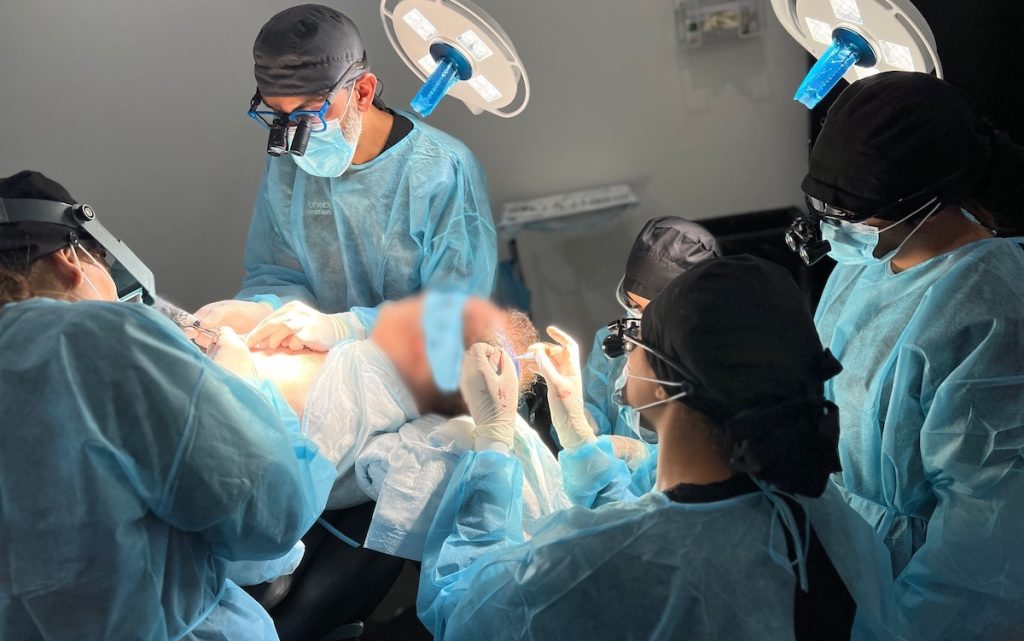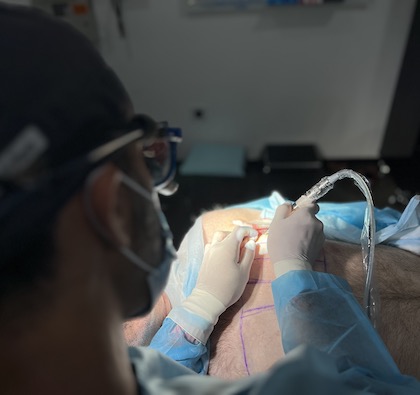Body to Scalp FUE Hair Transplants – Everything You Need to Know
Hair restoration technology has come a long way, offering innovative solutions for individuals struggling with hair loss. For those with insufficient donor hair on their scalp, body to scalp Follicular Unit Extraction (FUE) is a groundbreaking option. This technique utilizes body hair to replenish thinning areas on the scalp, expanding the possibilities for achieving natural-looking results.
What is Body to Scalp FUE Hair Transplant?
Body to scalp FUE involves extracting hair follicles from various body areas and transplanting them to the scalp. This method is particularly useful for individuals with limited scalp donor hair, providing a viable alternative to traditional hair restoration techniques.
- How It Works: FUE is a minimally invasive procedure where hair follicles are harvested one by one and transplanted into balding areas. When scalp donor hair is insufficient, body hair—such as from the beard, chest, or other areas—becomes a valuable resource.
- Customization: The procedure allows surgeons to tailor the transplant, blending body hair seamlessly with existing scalp hair for a natural appearance.
Common Body Hair Donor Areas
Body hair can be sourced from different areas based on availability and texture:
- Beard: Often the top choice for its coarse texture, which can mimic scalp hair density.
- Chest: Provides finer hair suitable for blending into certain areas of the scalp.
- Arms, Legs, or Back: Less frequently used but viable for specific cases, depending on the individual’s needs.
Who is a Good Candidate for Body to Scalp FUE?
This method is ideal for:
- Individuals with limited scalp donor hair due to significant hair loss or previous transplants.
- Individuals with sufficient body and beard hair
- Patients seeking to increase hair density in areas where scalp donor hair alone may not suffice.
- Those willing to accept the unique characteristics of body hair, such as texture differences.
Why Choose Body to Scalp FUE?
This technique offers unique benefits that make it a compelling option for hair restoration:
- Expanded Donor Supply: Individuals with significant hair loss or previous transplants may lack sufficient scalp donor hair. Body hair provides an alternative source.
- Customized Density: Body hair can add volume and texture to areas of the scalp, particularly in the mid-scalp or crown.
- Minimally Invasive: Like traditional FUE, this method involves no linear scarring, offering quicker recovery and less discomfort.
Considerations and Challenges
While body to scalp FUE offers incredible advantages, it’s essential to understand the potential challenges:
- Texture and Growth Cycle Differences: Body hair can differ significantly from scalp hair in texture and growth patterns, requiring skilled blending.
- Specialized Expertise Needed: This procedure demands a surgeon with extensive experience in body hair transplantation to achieve the best results.
- Patience with Results: As with any hair transplant, the final results can take 8 months to a year.
- Realistic Expectations: Since beard and body hair grafts have distinct growth cycles, lengths, and thicknesses compared to scalp hair, patients should set realistic expectations. The final results from body or beard hair transplants may differ and, at times, be less optimal than what is typically achievable with scalp hair transplants
Conclusion
Body to scalp FUE is an innovative solution for hair restoration, offering hope to individuals with limited donor hair on the scalp. By utilizing body hair, this technique broadens the possibilities for achieving a fuller and more natural-looking head of hair. If you’re considering this procedure, consult with a skilled hair transplant specialist to explore your options and develop a personalized treatment plan.

